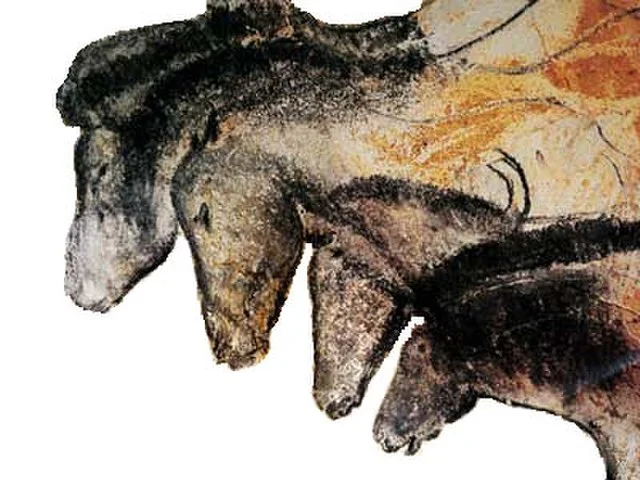Chauvet Cave, located in southern France, is one of the most significant prehistoric art sites ever discovered. Named after Jean-Marie Chauvet, one of the cave’s discoverers, it houses some of the oldest known cave paintings in the world. The cave’s artwork provides an invaluable glimpse into Upper Paleolithic life, dating to approximately 30,000 BC.
Get your dose of History via Email
Discovery of Chauvet Cave
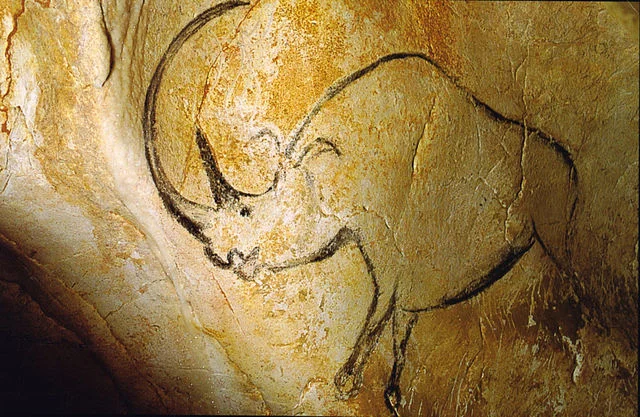
Chauvet Cave was discovered in December 1994 by Jean-Marie Chauvet, Éliette Brunel-Deschamps, and Christian Hillaire. The three speleologists stumbled upon the cave while exploring the Ardèche Valley. Their find revolutionized our understanding of prehistoric art. After extensive study, researchers confirmed the site’s age, making it a key location for understanding the early development of human creativity.
Age and Dating Techniques
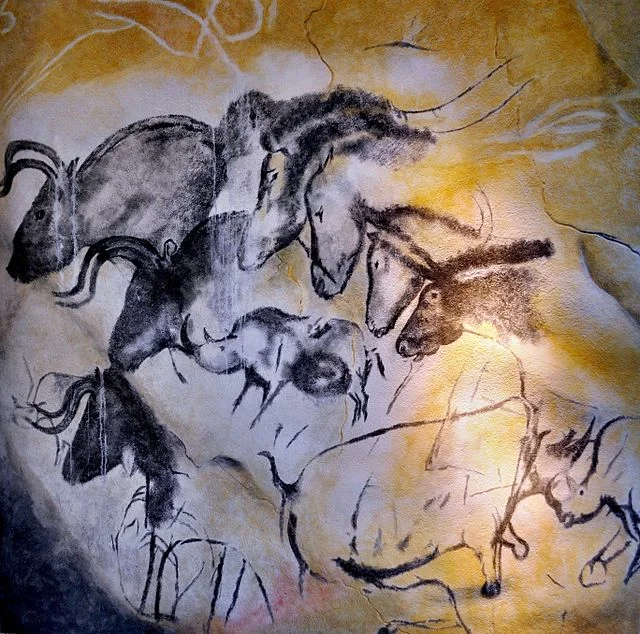
The artwork in Chauvet Cave has been dated to around 30,000 BC, making it one of the oldest sites of prehistoric art. Radiocarbon dating, particularly on charcoal used for the drawings, provided this timeframe. This dating places the Chauvet paintings in the Aurignacian period, a phase of the Upper Paleolithic era known for significant human advances in culture and technology.
The Art of Chauvet Cave
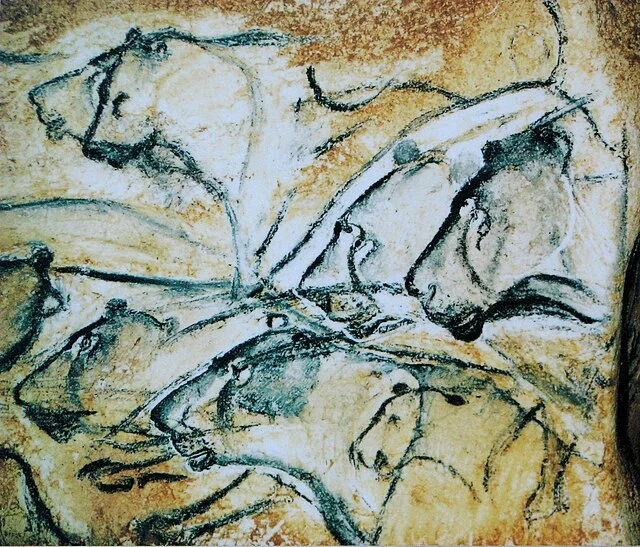
Chauvet Cave features over 1,000 images, including paintings, engravings, and charcoal drawings. These artworks depict a wide range of animals, including horses, rhinoceroses, lions, bears, and mammoths. The depictions are highly detailed, with some animals portrayed in motion or in dynamic groupings. This complexity shows advanced artistic skill and suggests a sophisticated understanding of the natural world.
One striking feature of the Chauvet paintings is the use of shading and perspective. The artists used the cave’s natural contours to enhance the three-dimensionality of the images, adding depth and realism to their depictions. This technique suggests that prehistoric humans had already developed advanced artistic methods.
Purpose and Interpretation

The purpose of the Chauvet paintings remains a subject of scholarly debate. Some experts believe the cave served as a sacred or ritual space, while others argue it might have been used for storytelling or teaching purposes. The presence of certain animals, such as predators, which are not typically hunted, suggests symbolic or spiritual significance.
Moreover, many of the animals depicted in the cave are dangerous and powerful, which could indicate the paintings were part of hunting rituals. The inclusion of these animals may have been an attempt to control or represent the natural forces surrounding early humans.
Preservation of Chauvet Cave
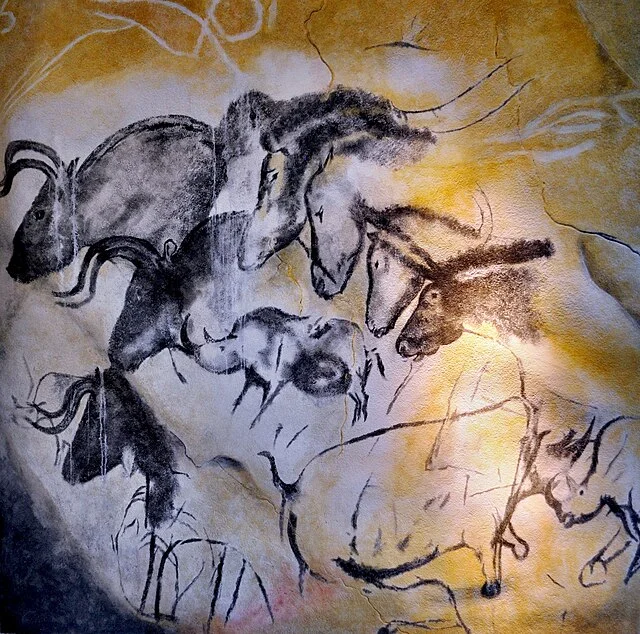
Chauvet Cave remains sealed to the public to preserve its fragile environment. The delicate ecosystem within the cave, including the paintings and archaeological remains, is susceptible to damage from light, temperature changes, and human interaction. To allow people to experience its artwork without risking damage, a detailed replica of the cave, known as Chauvet 2, was created nearby. This replica preserves the experience of the original site while ensuring its continued protection.
Significance of Chauvet Cave
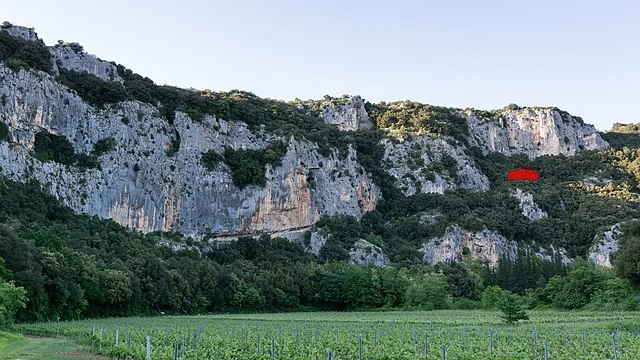
Chauvet Cave is crucial for understanding early human cognitive and artistic development. The level of sophistication in the artwork reveals that humans 30,000 years ago had advanced skills, far earlier than previously believed. This discovery challenges earlier views that art was a gradual development in human history.
Additionally, Chauvet Cave contributes to our knowledge of early human life, showing the importance of art and ritual in Upper Paleolithic society. The presence of both herbivores and carnivores in the artwork also provides insight into the biodiversity and ecology of the region during this period.
Conclusion
Chauvet Cave is not only a treasure trove of prehistoric art but also a critical source of information about early human culture and creativity. Discovered in 1994 and dating back to 30,000 BC, the cave provides one of the oldest and most detailed records of Paleolithic life. Its stunning depictions of animals and advanced artistic techniques continue to fascinate researchers, offering a unique window into our distant past. The preservation efforts and creation of a replica ensure that future generations can study and appreciate this important archaeological site.
Source:

